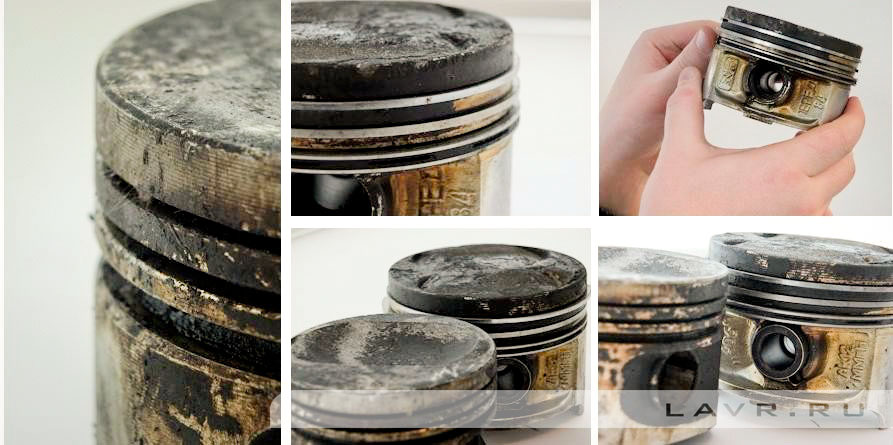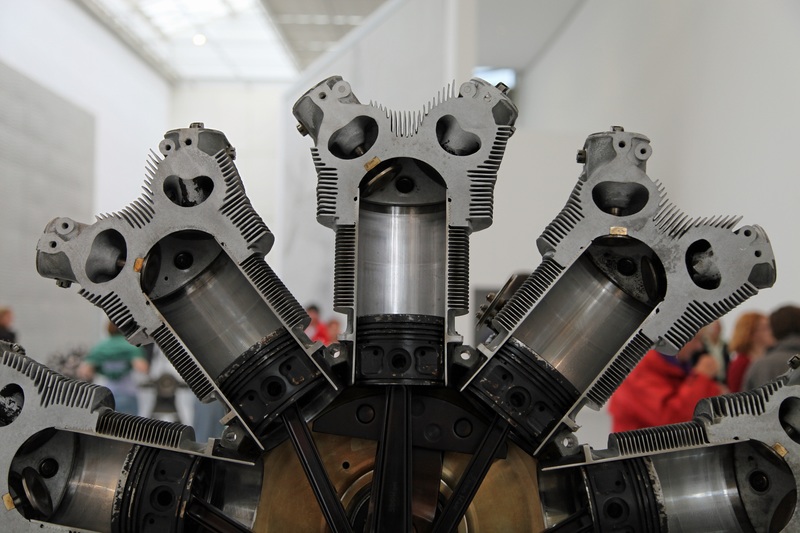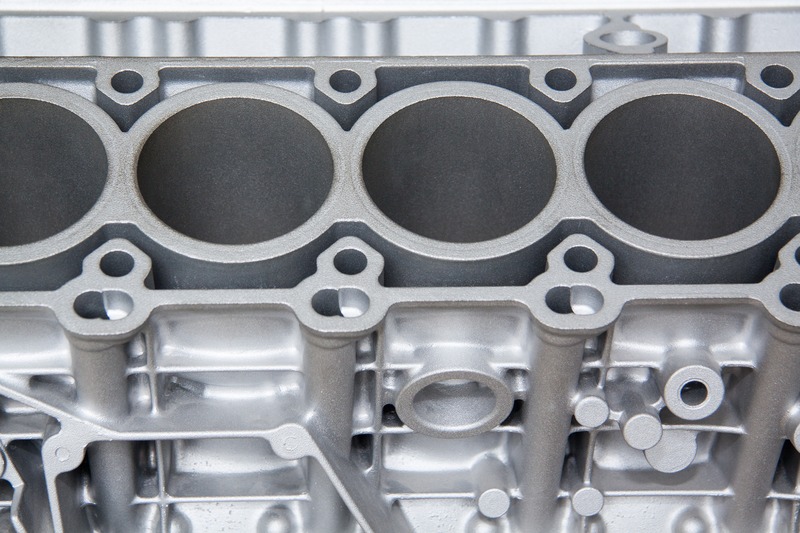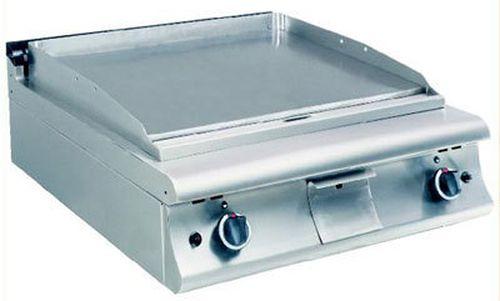Each conscious car owner should know about the engine to separate the engine and the removal of coke deposits from it. Today we will share popular myths about the procedure so that they do not disorient you.
10 myths about the engine shift: everything you wanted to know about the procedure
The life of a car with human cannot be compared. Simple arithmetic: at idle, the diesel engine makes at least 600 revolutions per minute – that is, 10 per second. At the same time, the piston walks 20 times. We click on gas – the number of revolutions exceeds a thousand. Add here the constant action of high temperatures or cold when starting in winter … A person did not even dream of such an extreme! Therefore, forgetting about such a procedure as the engine shift with the help of LAVR ML202 or ML203 Novator preparations is a real crime.
The history of the issue
When cars only appeared in the USSR, everyone knew that it was periodically necessary to clean the piston rings from pollution. The fuel then burned much worse than now. On the surface of the parts, varnishes and sludges quickly formed.
The oil was also so -so or even worse. What happened to him in the engine? It was oxidized on the walls of the cylinders, becoming a film, and then fell into the grooves of the pistons. Also, in the process of combustion of fuel, a soot was formed, which was mixed with an oil film. Over time, all this turned into a single monolith – persistent solid deposits that blocked the work of piston rings.

With pollution, Soviet motorists fought in all ways available at that time: they filled the engine with kerosene at night, later they began to add solvents. Desperate motorists did not stop the risk of being left without a car at all, nor almost zero efficiency of such compositions. However, now the owners of the iron horses also like to experiment to the detriment of themselves. And some have forgotten about the engine gimbaging – they relaxed, relying on additives in modern oils and conditionally high fuel standards.
Since then, modern auto chemistry, for example, our ML202 drugs – ML203 Novator has stepped far forward. However, she is still not omnipotent, as some think. Therefore, we decided to debunk the most popular myths about the engine to separate.
Myth 1. Modern engines are not needed
Nothing like this! Of course, over 10-15 years, the situation with fuel or oil has changed for the better. In Soviet times, it was impossible to start without a soldering lamp in winter (we are silent about how dangerous it was to warm up the lubricant system in this way: the slightest smile will leave burning legs and horns from the “Lada”), and now a light cold launch is for granted.
Despite this, the problem of lawsuing has not gone anywhere, she even worsened. Thanks to progress: technology is more perfect, the gaps between piston rings and grooves are smaller, the system is more vulnerable.Even a thin layer of deposits leads to the fact that the operation of the engine is disturbed. Over time, the deposits are becoming larger, the problems become more serious – the decline in compression, the vibal ignition, detonation, accelerated wear, and then a serious breakdown. Do not want to fork out for overhaul – remember the engine to separate the engine.
Myth 2. Engine shift is a universal cure for all misfortunes
No doubt, Lavr preparations are almost legendary. But they are far from “living water” from folk tales. Blooding of the engine-first of all, the repair and preventive operation. As an examination by a hygienist, if you carry out parallels with medicine. If there are problems with the purity of cylinders, ML202 and 203 will be eliminated. But if the engine is very worn out, no split will help – only the bulkhead and replacement of parts.
Myth 3. The excavation procedure for all engines is the same

The principle is one for all engines. However, the engines are different-in-line, opposition, V-shaped … For each there are their own nuances. If you really doubt it, check them with our experts by phone or e -mail. But the general rule is one: if the engine has cylinders under an inclination, it is better to pour more fluids. Read more about the shift of opposition and V-shaped engines, read here.
Myth 4. I constantly use additives in gasoline and do flushing the nozzles with a liquid with a splitting effect. Also do it off
The most effectively delete deposits can be removed by the “immersion method” – that is, filling the splitting composition directly into the cylinders. So one does not interfere with the other. But at the same time, the nuances arise: it is sometimes difficult to crawl to the technological holes – special tools and comfortable conditions are needed. On the street, in the rain or snowfall, this procedure is better not to carry out. That is why we advise you to combine the engine to separate the engine with a planned replacement of oil or candles.
Myth 5. The more fluids for splitting, the better the cylinders are cleaned
The liquids should be enough for the pistons to be well moistened with it. The volume of drugs is calculated so that the fluids for splitting are enough to process all the cylinders. 50-60 ml in excess of the required amount will not be damaged by the engine, but it is also not worth filling the drug with buckets.
Myth 6. The excrationing fluid should clean the kind

Our drugs are for those who have the degree of lawsuing the cylinders are average and higher. It often happens that in old engines, the deposits “hold” parts, like a cement solution fasten the bricks. Therefore, it is not recommended to clean Dobla. In addition, too caustic solutions can damage the engine parts. However, our compositions are much stronger than many analogues or traditional solvents.
Myth 7. After the engine is disconnecting, the machine always smokes very much
The car will smoke anyway, but not always strong.The piston has technological recesses that retain fluid. In addition, deposits are impregnated with vapors of the drug and swell, preventing the liquid from seeping further. These excesses of the drug begin to burn off when the engine is started after the procedure, turning into white smoke from the exhaust pipe.
To reduce smoke, we recommend removing the liquid remaining in the cylinders. This can be done using a tube with a syringe that comes with the decarbonizer. If necessary, it can be extended with any plastic tube. If fluid is left in the system, starting may be difficult and thick white smoke will last longer. You should not worry about the catalyst – the drug burns out gradually and without harm to it.
MYTH 8. AFTER RECOVERY YOU CAN GET TO THE CAR SERVICE AND CHANGE THE OIL THERE
Basically, you can. But the unequivocal answer to this question depends on how much oil you have in the system, what quality it is, how long it takes to get to the car service, at what speed, what will be the load on the car, etc., etc. Therefore, we recommend changing the oil without leaving the cash register – that is, immediately after decarbonization, and not embark on risky voyages.
MYTH 9. AFTER DECOXING IT WILL ONLY BE WORSE BECAUSE THE COMPRESSION IN THE CYLINDERS FALLS
As a rule, old engines are literally overgrown with deposits. Because of this, pistons and rings wear out a lot. If you carry out decarbonization on such a car, it turns out that over the years of operation, the parts have been pretty worn out. Therefore, compression drops, and starting becomes difficult. If the engine was treated with LAVR ML202 – ML203 NOVATOR without good results, then it is time for the engine to be overhauled.
MYTH 10. AFTER COXING THE ENGINE WILL NOT START
During the decarbonization of the engine, the cylinders are wetted with liquid. If they are not properly dried, the motor may start only after several attempts. Therefore, after the procedure, it is recommended to wipe the candles dry and remove excess drug from the cylinders.
And sometimes the matter is not at all in the decarbonization procedure. It happens that decarbonization was carried out with the help of our preparation in accordance with all the rules. But the car still won't start. It turns out that the high-voltage coils are reversed on the car. If you return them to their places, the engine will start with a half turn!
That is why we insist that you follow the instructions strictly. And the phrase that a motorist who decides on a decarbonization procedure must have elementary skills in engine maintenance also flaunts on the box for a reason. So be careful, follow the recommendations of experts – then your engine will delight you with quiet and impeccable operation!


